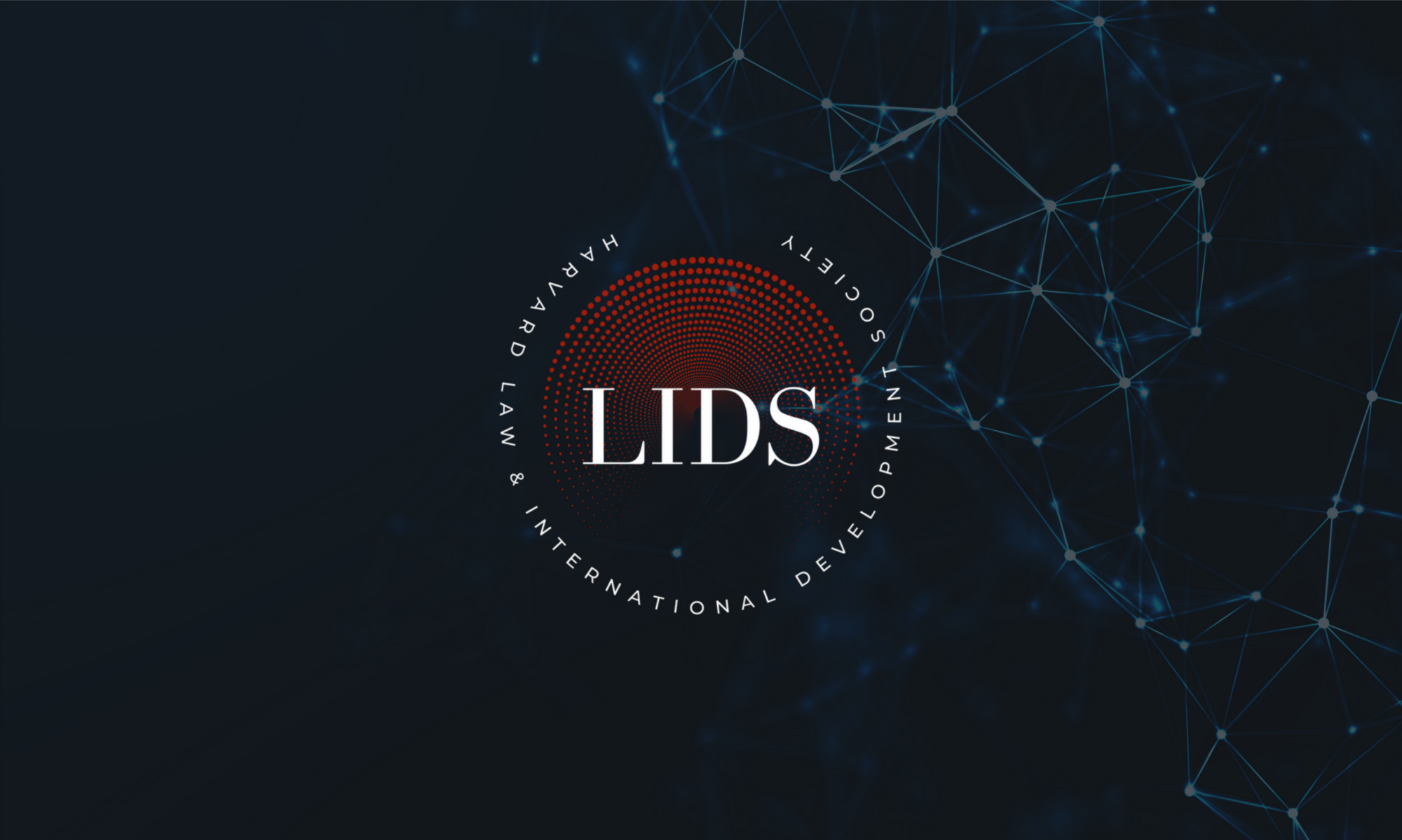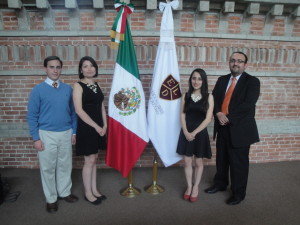By: Ameya Naik
This is a topic I’m not working on directly right now, but that concerns me tremendously. Some readers may recall the nationwide outrage that gripped India in December 2012 when a young pharmacy student was brutally gang-raped and assaulted in New Delhi, an assault that inflicted injuries which eventually caused her death.
This rape and assault took place on a “private bus” – one of many run by contractors to supplement the city’s public transport on busy or under-served routes – and revealed many flaws in the current measures for women’s safety in Delhi. The bus in question had driven around for hours as the rape took place and passed multiple police checkpoints on its route, raising questions about the focus and efficacy of policing and patrol practices. The people of Delhi had taken to the streets in unprecedented numbers that December, to protest the laxity of law enforcement that permitted such an atrocity, and to demand better mechanisms be put in place.
Whatever their failings in prevention, the police were exemplarily swift in locating and arresting the alleged perpetrators. It subsequently emerged that one of the accused was a minor; under the prevailing Juvenile Justice Act (2000), he could not be prosecuted in a regular court for his role in this atrocity. News reports sparked some confusion on what exactly that role had been: some claimed he had been “the most brutal” assailant, others that he was only a lookout, still others that he was not even a minor.
Regardless of the details, the prospect that one of those responsible for so inhuman an act may “escape punishment” on the grounds of minority became a target of public ire. Many writers expressed disgust at the idea that 16- and 17-year-old men may cynically take advantage of their minority to commit even the gravest offences, and escape lightly because they must be treated as juvenile offenders. Calls for capital punishment to be imposed in this case were common, and there was a chilling lack of concern when another accused was found hanging in his jail cell, having apparently committed suicide.
The erstwhile government’s response to the protests at India Gate had been inexplicably heavy-handed: riot police, tear gas, water cannons etc. Today’s government – then the opposition – now seems to be adopting an equally clumsy approach to the matter of juveniles accused of grave crimes: last week, the Lok Sabha (lower house of Parliament) passed a law that proposes to have persons above the age of 16 who commit such offences tried before the regular judicial system, as adults.
That bill – The Juvenile Justice (Care and Protection) Bill – is now before the Rajya Sabha (upper house) for deliberation. This, despite apprehensions expressed by the Parliamentary Standing Committee that reviewed the Bill that it was a knee-jerk reaction to an emotive issue. The bill proposes that if a 16- to 18-year-old commits an offence for which the Indian Penal Code prescribes a sentence of 7 years or more (“heinous offences”), and is then apprehended when 21 years or older, the Juvenile Justice Board must review whether the accused can stand trial as an adult. This presumably involves an assessment of the mental state or maturity of the accused at the time of the offence.
As a Member of Parliament (the one I worked for before grad school, as it happens) noted in the Lok Sabha’s debate over the bill, this proposal runs counter the Convention on the Rights of the Child (CRC), to which India is signatory. The CRC requires that all persons below the age of 18 be treated – uniformly – as children. This varied treatment is also a concern under the Indian Constitution, in that it appears to violate the Fundamental Right to equality before law, and to set up two different penalties for the same offence even when the offender is of the same standing, based on age at the time of apprehension.
What concerns me most, though, is this: as a solution, the proposed system is wholly disproportionate to the incidence of the problem. Worse, data from existing cases of alleged rape by a minor reveal a disturbing trend, which this development would surely exacerbate. Rukmini Srinivasan and Mrinal Satish examined all such cases heard in Delhi’s courts. As they reported in The Hindu, the vast majority of such cases involve minor girls who have eloped or are in relationships against their parents’ wishes. These are usually filed by the parents of the girl, rather than the girl herself, and practically none have actually resulted in convictions.
This research adds on to other studies – as well as mountains of anecdotal evidence, and obiter statements in many judgments – to the effect that the quality of investigation into cases of alleged rape is sorely lacking, and that the whole procedure – from complaint to trial – risks re-traumatising rape survivors. Various news stories have also looked at police attitudes in relation to rape, which may gently be described as archaic and patriarchal, entirely consistent with a system where parents of an eloped girl may be more comfortable approaching the police than a girl who actually has experienced rape.
Sexual violence against women and girls in India is, beyond a shadow of doubt, a pressing concern – and one with legal, social, political, and policy-level implications. While measures to address this problem are welcome, they must pass the most basic of tests for any policy intervention: that they actually improve the circumstances of those most affected by the problem. At a minimum, they must not exacerbate the vulnerability of those whose agency is already challenged and suppressed.
It is not at all clear to me that this latest amendment to the Juvenile Justice Laws passes that test.

